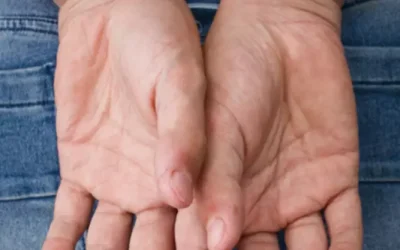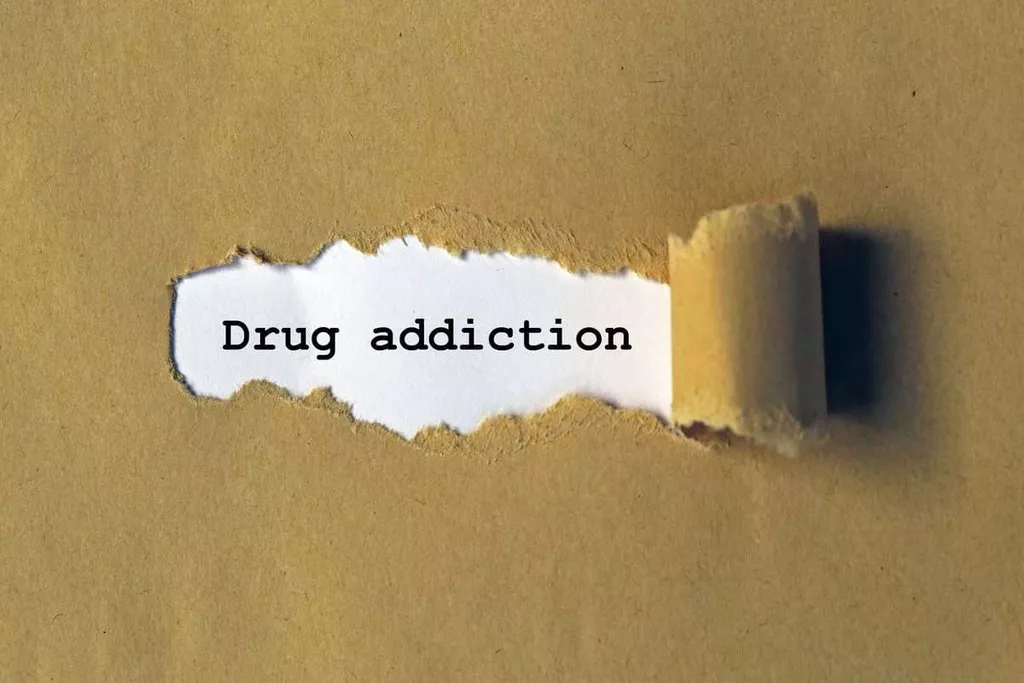The specific manifestation(s) of addiction represent an attempt to fill this emptiness from the outside. Substances, activities like gambling, eating, or sex, material objects, jobs, money, or people, may fill this hole, but only very temporarily. When the mood-altering effects of the attempted “fix” wear off, the feelings of dis-ease return and are often worse, driving the urge to “use” again. Facing spiritual maladies necessitates embracing vulnerability and allowing oneself to explore the hidden parts of their being.
Support the WCCM

In our quest for understanding and meaning, we often encounter obstacles along our spiritual journey. These hindrances or disturbances of the spirit are commonly referred to as spiritual maladies. While the concept of a spiritual malady may vary for each individual, it generally refers to a state of imbalance, disharmony, or disconnection in one’s spiritual well-being. My last blog post took us back some 4 billion years to set a foundation for deconstructing illness and disease. My intention was to build on that foundation and talk further about the evolutionary molecular and cellular mechanisms that exist in us today and determine whether we are diseased and ill versus healthy and well.
The Spiritual Malady: How to Attain Peace of Mind and Lasting Happiness
And unless this malady is recognized, and a course of action (the Twelve Steps) is taken to enable God to remove it, the root of our alcoholic illness can lie dormant and burn us when we least expect it. Thankfully, the “spiritual malady” is no longer a “missing piece” of Step One for me. Many people are initially turned off to the https://ecosoberhouse.com/ idea of the program because they believe it preaches religion and God, and many addicts and alcoholics have no desire to pursue a religious answer. But the beauty of the 12-steps is that they are spiritually based as opposed to religious. What that means is that all that is required is the belief in a power greater than yourself.

Our Church Life
When individuals are grappling with spiritual imbalances, it can make it difficult to be fully present in relationships and establish meaningful connections with others. Physical threats come in the forms of things like infections – prions, viruses, bacteria, protozoa, and mycelia, or things like toxins—pollutants, pesticides, radiation, medications, and substances of addiction. Also, threats come from physical traumas—attacks, assaults, accidents, or abuse—lions, tigers, bears, oh my! Also, tornados, hurricanes, droughts, fires, global warming, and war threaten us physically. Lack of clean soil, water, air, and lack of nutritious food are a threat to us. There are a lot of physical threats that can flip our physiology into a defense state.
- In fact, negatively-valenced reappraisals of the traumatic event may fail to reduce the current perceptions of threat by merely redistributing the threat from human forces to spiritual ones.
- Baseline PTSD symptoms were assessed at Time 1 in response to a prior traumatic or stressful event.
- I can manage my spiritual malady or emotional dysfunction, I have the tools to do so.
- For instance, attributing the event to God’s control may be an effort to reduce distress by compensating for a perceived lack of personal control; however, this attribution will only reduce anxiety if God is benevolent (Kay, Gaucher, Napier, Callan, & Laurin, 2008).
- 2Three participants did not report the number of months since the most stressful or distressing event occurred.

Putting faith into action: Campus ministry brings healthcare and healing to communities around the world – Liberty University
Putting faith into action: Campus ministry brings healthcare and healing to communities around the world.
Posted: Tue, 13 Feb 2024 08:00:00 GMT [source]
Examining the Impact of Spiritual Maladies on Personal Relationships
McMindfulness: How Mindfulness Became the New Capitalist Spirituality – Psychotherapy.net
The Connection Between Physical Health and Spiritual Maladies
- We can experience emotional attacks, assaults, accidents, or abuse that affect our physiology similar to a physical threat or injury.
- This “fourth dimension”, which we find out in the 10th Step is the “world of the Spirit”, takes us beyond the physical, mental, and emotional dimensions of life — and eliminates the selfishness (ego) of the “spiritual malady.” The term “spiritual malady” does not mean that our “spirit” is sick.
- Other cognitions that may predict spiritual struggle include pre-trauma self-appraisals (R. A. Bryant & Guthrie, 2007), attributional style (Gray et al., 2007), and coping self-efficacy beliefs (Benight & Bandura, 2004).
- Most often, religious meaning systems provide a helpful vehicle for making sense of seemingly random, nonsensical, or tragic events, by seeing them as part of a larger, more benign plan (Frazier et al., 2004; Pargament, 1997).
- This is one of the reasons that Big Book study groups have become so popular among recovering alcoholics.


